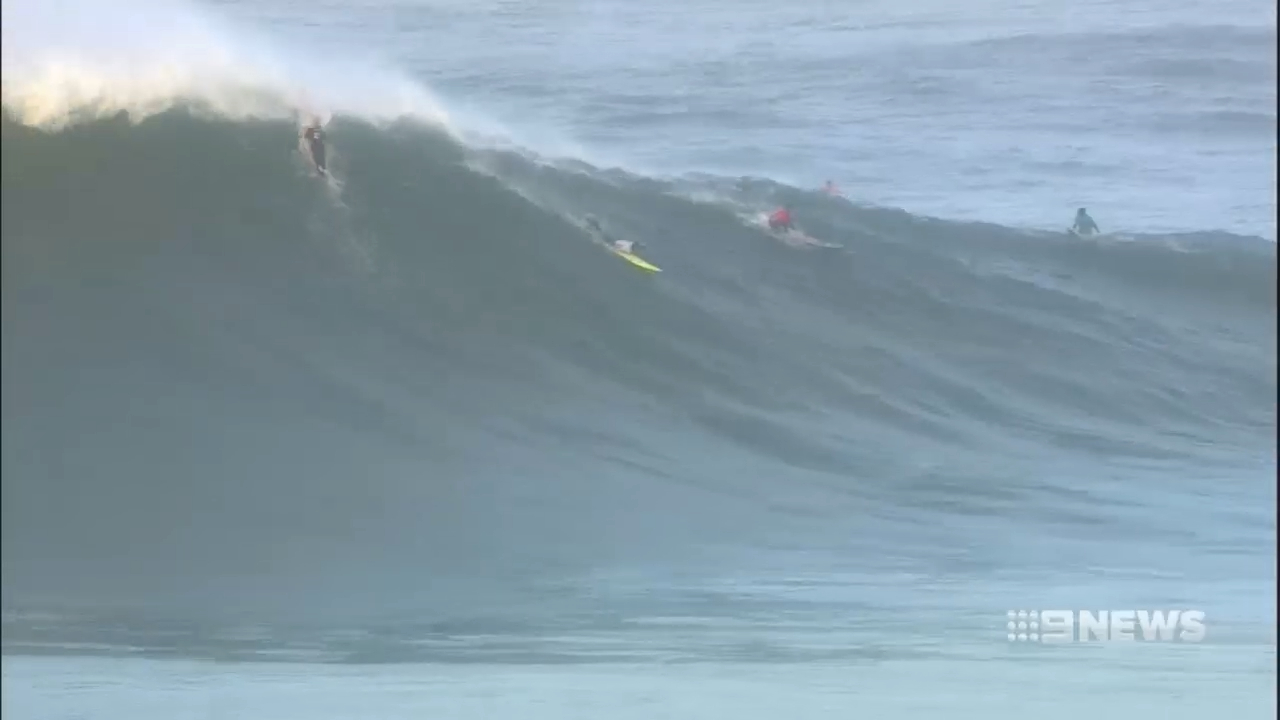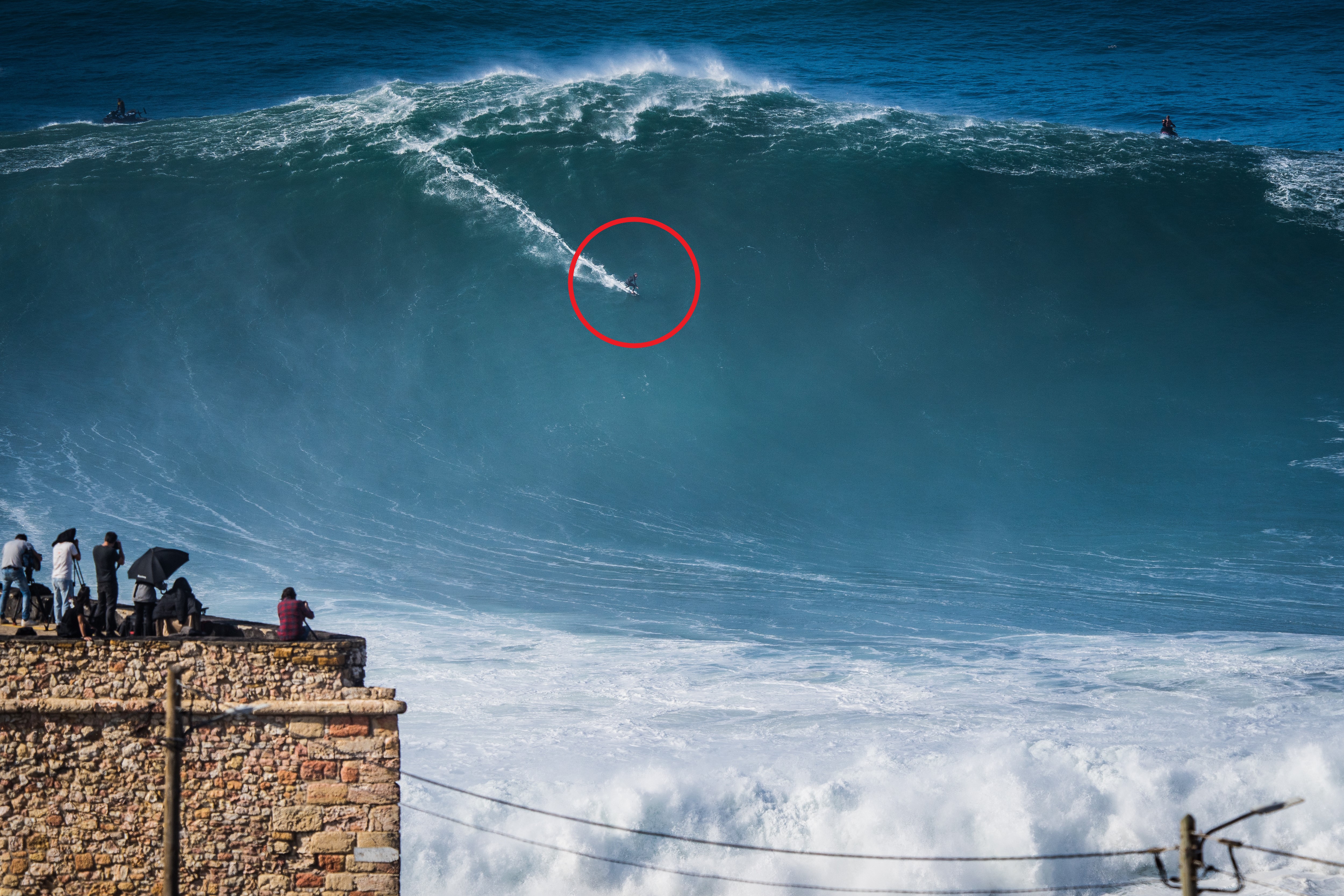The World Surf League and the Guinness World Records have crowned a new holder for the biggest wave ever surfed.
It was in October 2020 when German rider Sebastian Steudtner scaled a monster off the coast of Nazare in Portugal – the town that has in the last decade become known as the home of the world’s biggest waves.
It took 18 months and many, many hours of painstaking research to determine the wave Steudtner rode was 26 metres tall – at 86 feet, it’s the biggest one surfed on record.
READ MORE: Ray Warren confirms he’s called his last game
READ MORE: Nadal comments fuel rampant retirement talk
READ MORE: Max’s dad rips ‘disappointing’ Red Bull call
His effort surpasses that of Brazilian surfer Rodrigo Koxa at Nazare in 2017, his wave said to be 24 metres tall.
“You don’t feel the size,” Steudtner said of his record wave.
“You feel the power. I felt the most power of any wave I’ve surfed at Nazare.”
The reason it took officials so long to judge the height of the wave is the bizarre system surfing uses to measure them.
Basically, big wave surfing can only be judged if there is footage, or a still image, of the wave being surfed.
In the Netflix documentary ‘100 Foot Wave’, English rider Andrew Cotton surfed a monster at Nazare, but there’s no photographic evidence of it as all the cameras were pointed at the beach, where a fellow surfer was being attended to after a horrific spill.
Judges – in this case the WSL, some scientists and the Guinness World Records – examine the still image and determine where the bottom and the top of the wave is – or the trough and the crest.
Once that is agreed upon, it’s still essentially impossible to know the exact distance between those two points, given how far away the camera is and the angle
That’s why the surfer themselves are used as a measuring tool. The judges must figure out how tall the surfer on the wave is standing – taking into account they would be bent at the knees and torso – then determine how many of that surfer could fit up the face of the wave.

Jet-skis – which are used to tow surfers onto the waves in big wave surfing – have also been used as rulers. But in the case of Steudtner, the method was even more bizarre.
Experts from the Scripps Institution of Oceanography at the University of California San Diego decided to use Steudtner’s lower leg as the measuring tape, carefully measuring the distance between his shin and knee.
Once they had that number, they used that on the still images from his wave to count how many would fit up the face.
“That distance does not change since you can’t bend your lower leg,” associate professor Adam Fincham said.
“When you look for a record… you need a number. You can’t say, ‘It was just about that’. We’re comfortable with (this measurement).”
During the 18-month process, Fincham travelled to Nazare himself and examined the points where cameras would have been situated while filming the 2020 event, so he could get a better idea of the angles towards the wave.
He stressed that no one could possibly say categorically what the biggest wave ever surfed has been.
But, for now, Steudtner can boast the official record.
“No one’s saying this is the biggest wave ever surfed in the world,” Fincham said.
“It certainly might be, but this is the biggest certified wave. There may have been a bigger wave surfed; there’s just no photo of it.”
For a daily dose of the best of the breaking news and exclusive content from Wide World of Sports, subscribe to our newsletter by clicking here!

